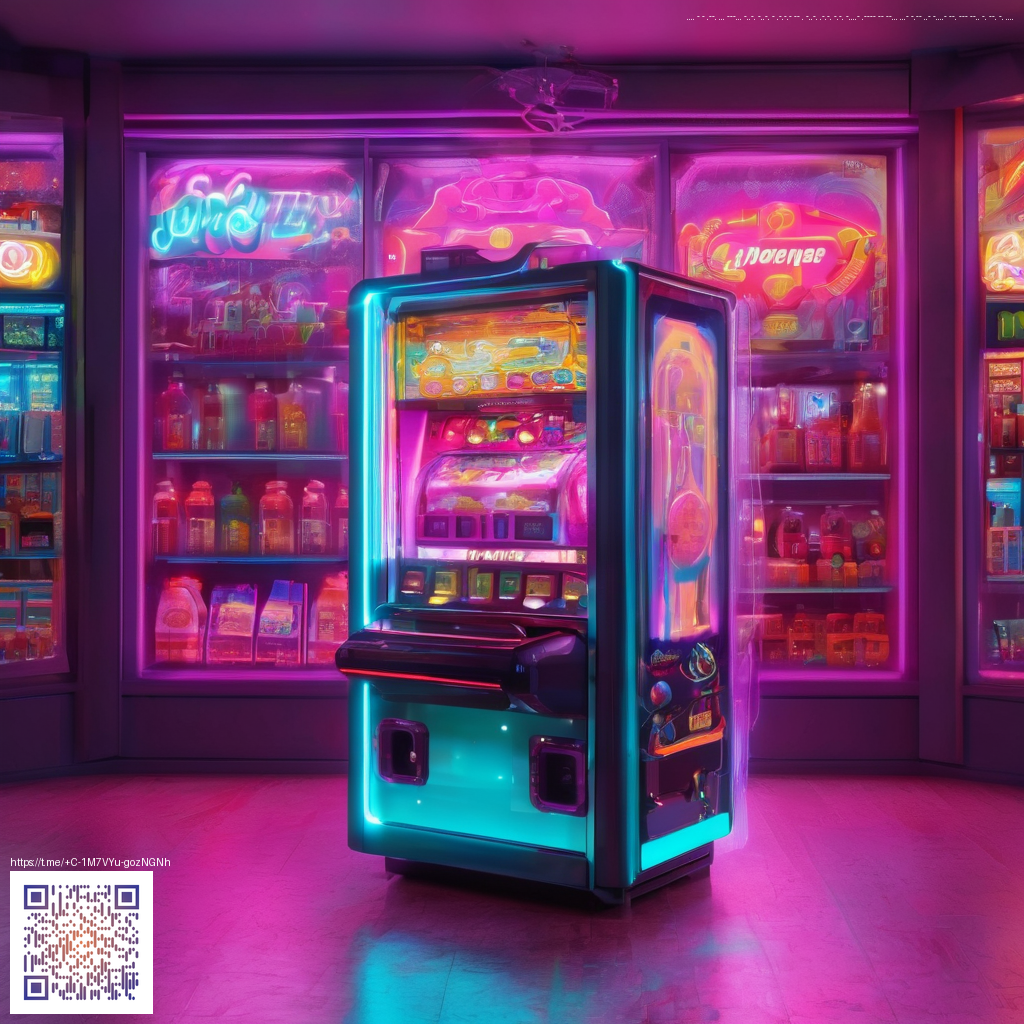
Elevate Your Photography with Digital Overlay Textures
Digital overlay textures are a quiet, powerful way to push your images from polished to memorable. They’re not just decorative bokeh or grain—textures encode mood, time of day, and story in a single layer. When applied thoughtfully, overlays can enhance depth, unify a series, or give a scene a distinct sense of place. For photographers who craft imagery with intention, learning to design and tune these textures opens a broader palette for creative expression.
What digital overlay textures bring to your edits
Textures are the texture of light and memory. A well-chosen overlay can mimic the grit of film, the glow of sunrise, or the subtle dust that drifted across a late afternoon scene. The key is not to overwhelm the subject but to wrap the photograph in a gentle atmosphere that reinforces your intended narrative. Elements like light leaks, grain, dust motes, and soft vignettes create a sense of realism or nostalgia that color grading alone sometimes can’t achieve.
- Consistency across a series: use a cohesive texture language to tie multiple frames together, especially in shoots with a shared mood.
- Story augmentation: overlays can steer interpretation—think warmth for a cozy study or cool film grain for a moody, urban nightscape.
- Non-destructive workflow: overlays are ideal for testing ideas without permanently altering the base image.
“Texture is a language of light; the right overlay makes the viewer feel the moment behind the pixels.”
Designing your own overlays: a practical guide
Design begins with intent. Before you ever paint pixels, articulate the mood you want the viewer to experience. Then, translate that mood into a texture library you can reuse across shoots. Here’s a pragmatic approach to building overlays that feel organic rather than gimmicky.
Start with a mood board
Collect references that capture lighting, contrast, and atmosphere. Decide on a few core textures—grain density, light leak shape, and color tint—that align with your portfolio. This baseline prevents your overlays from drifting into noisy or inconsistent territory.
Choose the right blend modes and opacity
Blending modes like Screen, Overlay, and Soft Light can simmer layers into your photograph without completely masking it. Start with low opacity (around 5–20%) and adjust so the texture supports the image rather than dominates it. Fine-tuning color casts is essential; a gentle magenta or amber hue can evoke cinematic warmth or cool, modern steely tones.
Calibrate color and tonal balance
Textures carry their own color and luminance. Use curves, selective color, or a targeted color grade to harmonize the overlay with the base image. If your texture reads too aggressively, reduce opacity or mask it selectively where it competes with important details, like faces or highlights.
Organize for quick access
Create a labeled library of overlays—by mood, density, and color. This makes it easier to reproduce a look across a shoot or project without reinventing the wheel each time. Consider pairing overlays with specific lenses, exposure settings, or subject matter to build a repeatable, recognizable style.
Workflow tips for photographers on the move
- Non-destructive editing: apply overlays as separate layers, with layer masks ready for targeted adjustments.
- Preview smarter, not harder: toggle overlays on and off to compare with and without texture, ensuring the addition enhances rather than distracts.
- Presets and stacks: save as presets or as texture stacks that you can apply to multiple images with a single click.
- Mobile-friendly practices: many editors support overlay textures on mobile apps; keep a compact set of textures optimized for smaller screens to maintain image integrity on the go.
As you refine your texture language, you may find yourself pairing your textures with practical gear considerations. For field editing and sharing work quickly, you might keep a lightweight setup that travels easily with your camera bag. For instance, a slim, reliable companion like a MagSafe phone case with card holder polycarbonate slim can help keep your essentials organized without bulk, making it simpler to edit on the move and review textures on your phone or tablet. If you’re exploring a curated collection of overlays and related resources, you can also reference a dedicated page that showcases practical textures and case studies at this page for inspiration and context.
Bringing it all together
Texture design is less about adding flashy effects and more about enriching the narrative of your photograph. Start small—experiment with one or two textures per shoot, track the results, and gradually expand your library to fit your evolving style. The right texture, applied deliberately, becomes a quiet chorus behind a bold image, guiding the viewer toward the story you intend to tell. When you’re ready to share your best work, the combination of thoughtful overlays, precise color calibration, and a streamlined workflow will help you elevate your photography to a more expressive, cohesive whole.